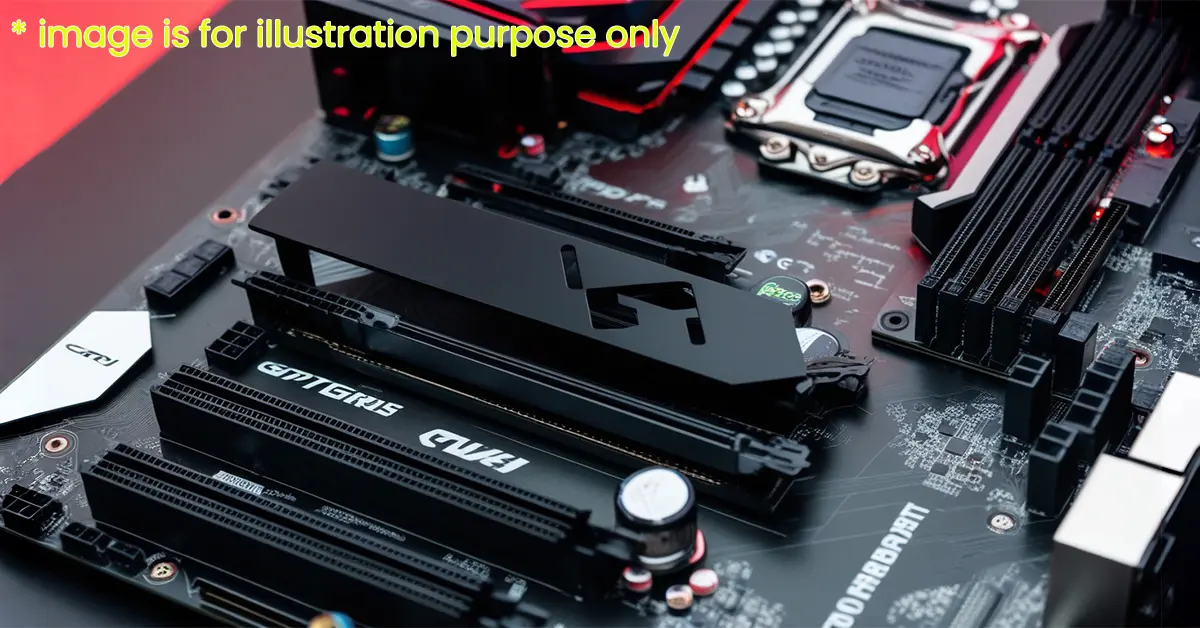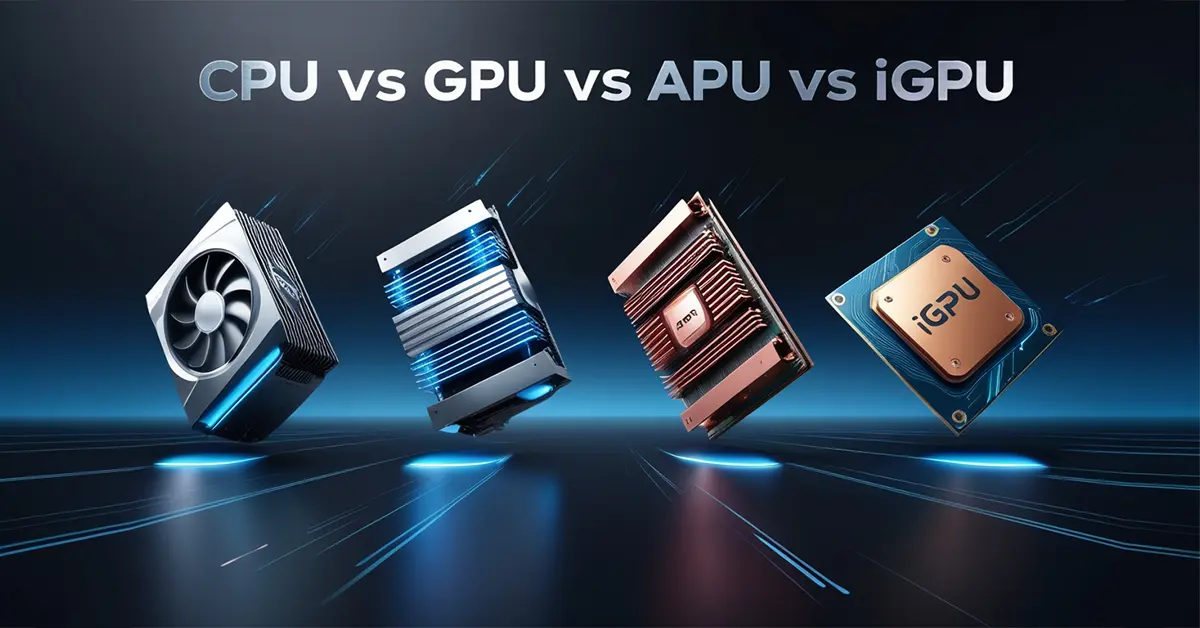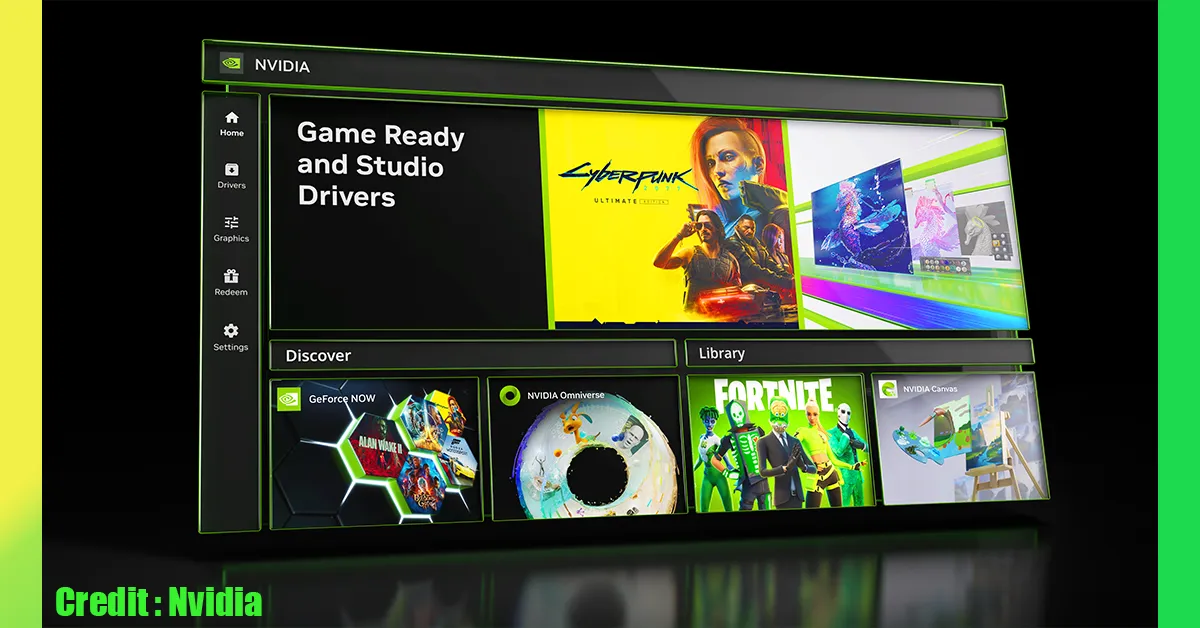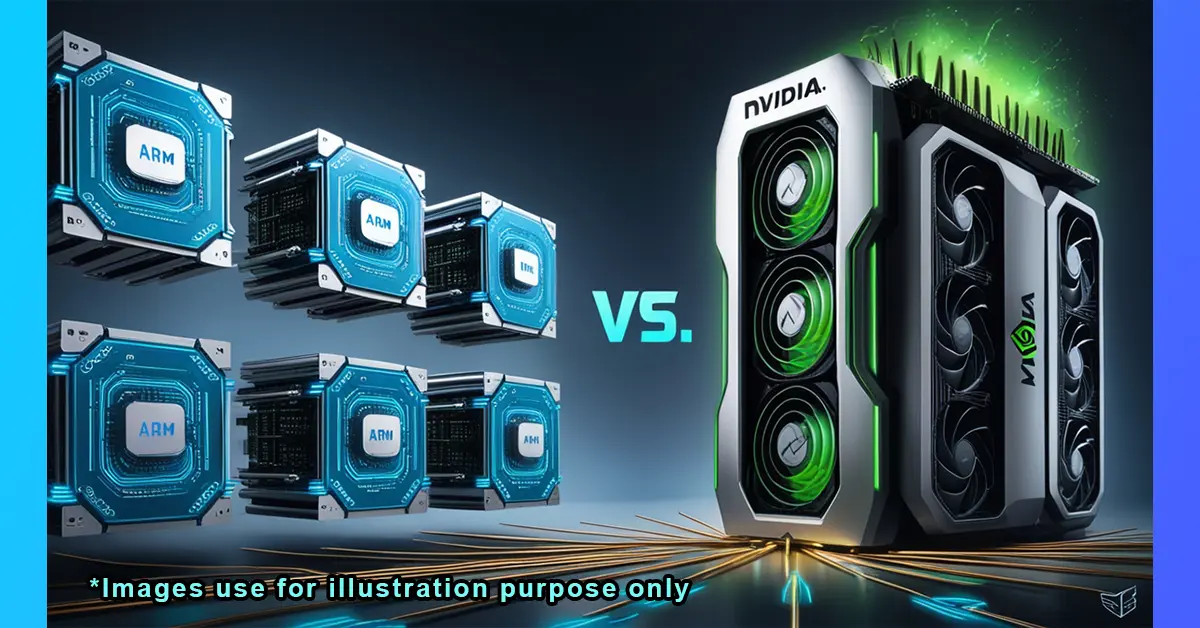Motherboard manufacturers are developing a quick-release GPU mounting bracket that could change the way we install and remove our graphics cards. But the big question is: Do we really need it, and how secure will it be? If you’ve ever wrestled with a stubborn GPU while trying to uninstall it from a crowded case, especially when you’ve got a bulky CPU cooler in the way, this might sound like a blessing. Let’s dive into whether this innovation is necessary, or if it’s just another gimmick.
Table of Contents
What is a Quick-Release GPU Mounting Bracket?
A quick-release GPU mounting bracket is a new mechanism being developed by motherboard manufacturers. Instead of using the traditional PCIe lock mechanism that holds your GPU firmly in place, this innovation allows you to simply pull the GPU out by tugging on the left side without needing to fumble with the tiny locking tab. Think of it like opening a door without needing to twist a knob—just push and go.
How Does the New Bracket Work?
The current PCIe system uses a latch mechanism that clicks into place when a GPU is installed. To remove it, you need to press the latch down while pulling the card. The quick-release mechanism replaces this hassle by letting you pull a lever from the left side of the GPU to quickly disengage the lock and free your GPU. No more contorting your hands behind a bulky cooler to reach that pesky latch!
Why Are Motherboard Manufacturers Introducing This?
Motherboard manufacturers claim that removing a GPU can sometimes be a pain, especially in cramped PC cases with large CPU coolers obstructing access to the PCIe latch. This new design is supposed to make things more user-friendly by eliminating the need to press down on that hard-to-reach locking tab every time you want to uninstall your GPU.
The Problem with Traditional GPU Mounting
If you’ve ever built a PC, you’ve probably faced this: you want to upgrade or move your GPU, but the latch is stuck under a large CPU cooler or in a tight space. You’re left jamming your fingers in awkward angles, trying not to bend anything while removing the card. Frustrating, right? This quick-release mechanism aims to fix that by making the whole process smoother.
Do We Really Need a Quick-Release Bracket?
That’s the big question, isn’t it? Do we really need this feature? While the new design might sound convenient, the current method isn’t broken. Sure, it can be a little tricky at times, but most PC builders get used to the process. It’s one of those things that, once you know how to do it, isn’t a deal-breaker. So, it raises the debate: is this innovation truly necessary, or is it just a nice-to-have?
How Secure is the New Mechanism?
One of the major concerns with a quick-release system is security. The PCIe latch holds your GPU in place quite firmly. But will the quick-release mechanism be as strong? Will it accidentally loosen or cause the card to wiggle in the slot, leading to performance issues or even damage over time? That’s the million-dollar question.
Pros of a Quick-Release GPU Bracket
- Convenience: No more fiddling around to reach the PCIe latch.
- Time-Saving: Pull and go, making upgrades or adjustments faster.
- User-Friendly: Especially beneficial for users with large coolers or tight cases.
- Less Wear and Tear: Fewer chances of damaging the latch or slot by using force.
Cons of a Quick-Release GPU Bracket
- Security Concerns: Could the new mechanism loosen over time, causing the GPU to become unstable?
- Extra Cost: Will motherboards with this feature be pricier?
- Compatibility: Will this new bracket work well with all GPU sizes and designs?
- Durability: Could the release lever break or wear out after repeated use?
Comparing Current PCIe Locking Mechanism vs. Quick-Release
The traditional PCIe locking system has been around for years, and it works. While it can be a bit awkward to access in tight spaces, it holds the GPU firmly in place. The quick-release system, on the other hand, offers convenience but raises questions about long-term stability and security. The trade-off here is between ease of use and peace of mind.
Is This Feature Targeted Toward Gamers or Professionals?
Initially, it seems like a feature designed for gamers or PC enthusiasts who regularly swap out components. But it could also be handy for professionals who need to quickly change or upgrade GPUs for different tasks. So, it’s not just for the hardcore gaming crowd—anyone who tinkers with their rig regularly might find value in it.
Impact on GPU Longevity
The PCIe latch is designed to hold the card firmly in place, and this rigidity helps prevent the card from moving during transportation or heavy use. If the quick-release mechanism is less secure, there might be a slight risk of the GPU jostling around, especially in systems that are frequently moved. Over time, this could cause wear on the PCIe slot or the GPU itself.
Will This Add to the Cost of Motherboards?
New features often come at a price. Adding a quick-release mechanism means extra parts and engineering, which might push the price of motherboards up. While it’s likely to start as a premium feature, it may trickle down into mid-range boards over time. Still, if this feature becomes widely adopted, it might add a few dollars to your next motherboard purchase.
Will It Make PC Building Easier for Beginners?
For new PC builders, every little convenience counts. Fumbling with a small PCIe latch while trying not to damage expensive components can be intimidating. A quick-release bracket simplifies the process, making it more beginner-friendly. That said, once someone builds a couple of PCs, the standard latch system becomes second nature.
What Are the Risks of Switching to Quick-Release?
The biggest risk is that the new mechanism might not be as reliable as the old PCIe latch. If it’s not as secure, there’s potential for issues like GPUs becoming loose, losing connection during use, or even falling out of the slot entirely. This could lead to performance problems or even damage to the components. Another concern is the durability of the quick-release mechanism itself—if it breaks, you might have to replace the entire motherboard.
Final Thoughts: Should You Care About Quick-Release GPU Mounting Brackets?
In the grand scheme of things, the quick-release GPU mounting bracket is a cool innovation, but it might not be a game-changer for everyone. If you regularly swap out GPUs or have a tight case with a huge CPU cooler, you’ll probably love the convenience. However, for most users, it’s a nice-to-have rather than a must-have feature. The big questions remain around security and longevity, but if motherboard manufacturers can ensure those aspects are covered, this could be a handy feature for the future of PC building.
FAQs
Will the quick-release mechanism fit all GPU sizes?
Not necessarily. The mechanism is being designed for standard-sized GPUs, but unusual designs or larger models may require specific adjustments.
Will it be easy to install this feature on older motherboards?
Unfortunately, no. The quick-release GPU mounting bracket is a new hardware feature that will likely only be available on motherboards specifically designed with it. Retrofitting older boards to support this would be complex and costly.
Can the quick-release mechanism accidentally get triggered?
Manufacturers are likely designing the mechanism with safety in mind, but there’s always a chance that an easily accessible lever could be accidentally bumped. This could be a concern, especially in systems that are moved frequently.
Will the quick-release bracket work with any type of case?
While it should work with most standard PC cases, some smaller or non-traditional cases may have clearance issues. Checking compatibility before buying would be crucial.
Are any motherboards with this feature available yet?
At the moment, no mainstream motherboards with the quick-release GPU mounting bracket have hit the market, but several manufacturers have announced their development, so we could see them in upcoming motherboard releases soon.



